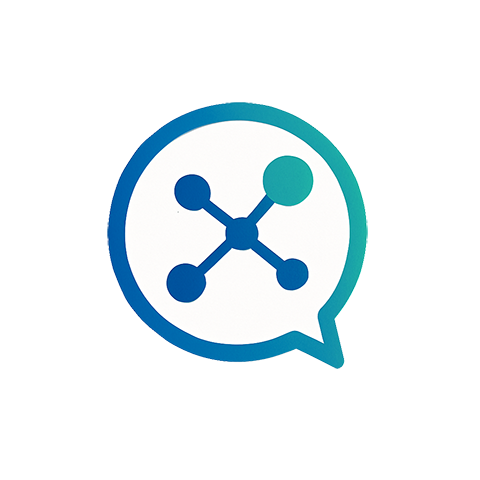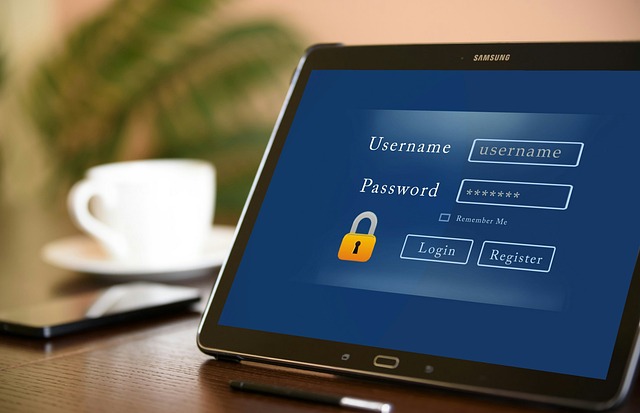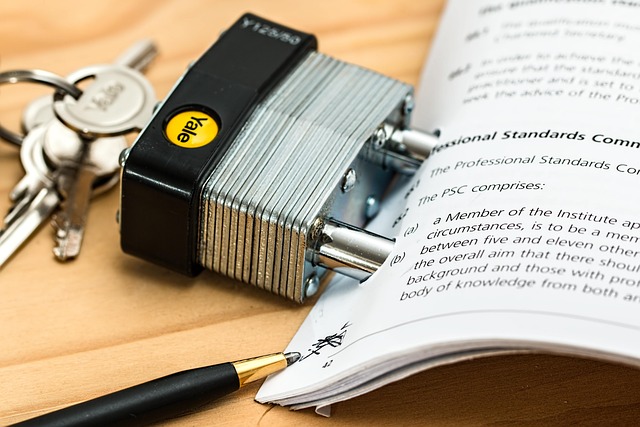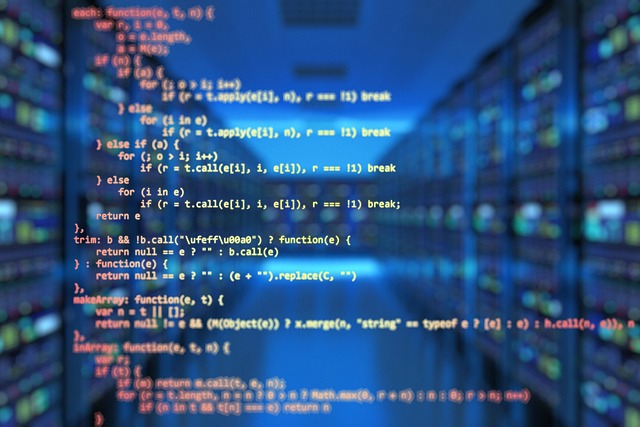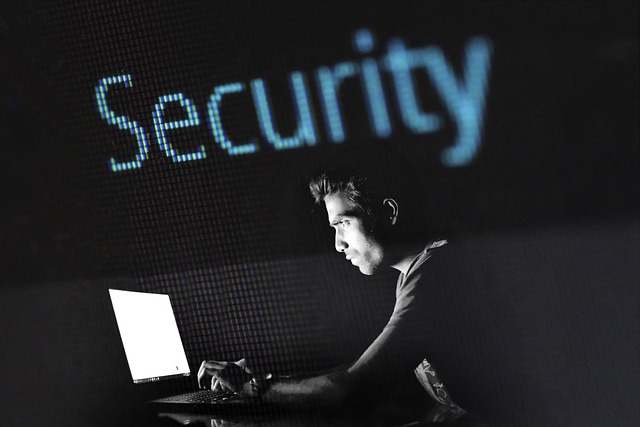In an era where every swipe, click, and share can be traced, the boundaries between personal expression and data exposure have blurred. Cybersecurity etiquette—once a specialized concern for IT professionals—has become a necessary discipline for anyone who participates in the digital public sphere. As social trends evolve, so do the tactics that attackers use to exploit human behavior. This article explores how individuals and organizations can cultivate respectful, secure interactions online, turning everyday habits into protective habits that safeguard both privacy and trust.
Social Media Etiquette in a Cybersecurity Context
Social media platforms are the most visible arenas where personal data is shared freely, often without a clear understanding of the security implications. A few simple etiquette rules can dramatically reduce exposure:
- Review privacy settings regularly and set default sharing preferences to “friends only” or “followers” rather than “public.”
- Think before posting; consider how an attacker could use the information for spear phishing or social engineering.
- Enable two-factor authentication on all accounts to add a second layer of protection.
- Use secure, unique passwords for each platform, and consider a reputable password manager.
- Be mindful of location tags, event details, and the timing of posts that might reveal patterns about your routine.
Adopting these habits not only protects you but also sets a community standard that encourages peers to adopt safer behaviors.
Email and Messaging: Best Practices
Email remains a primary vector for phishing attacks, while messaging apps are increasingly used for business communication. Cybersecurity etiquette for these channels includes:
“Never click on a link or download an attachment unless you are certain of its source. Verify the sender’s email address, and look for signs of spoofing such as mismatched domains.”
When sending sensitive information, prefer encrypted channels or secure file-sharing services that offer end-to-end encryption. Keep subject lines concise and avoid using personal identifiers that could be harvested by automated scanners. If you receive a suspicious email, do not forward it; instead, report it to your IT department or use built-in reporting tools.
Remote Work and Virtual Collaboration
The shift toward remote and hybrid work models has expanded the attack surface dramatically. Professionals must treat virtual collaboration tools with the same care as physical office spaces:
- Always lock your screen when stepping away from a device, even if you are in a public space.
- Use company-approved virtual private networks (VPNs) for all remote connections.
- Regularly update software and operating systems to patch known vulnerabilities.
- Verify meeting participants through official channels before sharing confidential documents.
- Dispose of printed or digital copies of sensitive data securely, following the organization’s data destruction policies.
These practices reinforce a culture of vigilance that can deter attackers and protect organizational assets.
Digital Identity and Personal Data
Your digital footprint is a composite of all the information you share online. Cybersecurity etiquette involves actively managing this footprint:
- Audit the personal data you have stored across platforms. Delete or anonymize information that is no longer necessary.
- Use pseudonyms or alternate accounts for public-facing activities that do not require your real name.
- Limit the amount of personal data—such as birth dates, addresses, or phone numbers—shared in public profiles.
- Be aware of the “right to be forgotten” and utilize available tools to request deletion of personal data from search engines and social networks.
- Monitor credit reports and financial statements regularly for signs of identity theft.
By taking ownership of personal data, you reduce the leverage that attackers have in crafting convincing social engineering attacks.
Emerging Social Trends: AI, NFTs, and Decentralized Platforms
As new technologies permeate everyday life, cybersecurity etiquette must evolve in tandem:
- Artificial Intelligence: When interacting with AI-driven chatbots or recommendation engines, be cautious about the personal data you feed them. Many AI systems collect and store user inputs for model improvement, potentially exposing sensitive details.
- Non-Fungible Tokens (NFTs): The blockchain space is still nascent, and many NFT projects rely on smart contracts that may contain vulnerabilities. Verify the legitimacy of a project before investing, and be wary of phishing sites that mimic official NFT marketplaces.
- Decentralized Platforms: While decentralization promises privacy, it can also obscure accountability. Use trusted nodes and audit the codebase of decentralized applications whenever possible.
- Social Media Algorithms: These algorithms curate content based on your interactions, which can feed back into targeted advertising and profiling. Regularly clear cookies, use privacy-focused browsers, and consider disabling personalized ads.
Staying informed about these trends allows users to adapt their etiquette practices proactively, turning curiosity into a protective stance.
Crafting a Personal Cybersecurity Etiquette Toolkit
Individuals can create a personalized set of guidelines that reflect their digital habits and risk tolerance. Here is a step-by-step outline:
- Map out all devices and accounts you use daily. Include mobile phones, laptops, smartwatches, and cloud services.
- Assign a security level to each account: public, private, sensitive.
- Choose a password policy: enforce minimum length, complexity, and rotation schedule.
- Set up a secure email address for sensitive communications and a separate address for newsletters and promotions.
- Install reputable security software—antivirus, anti-malware, and firewall—on all devices.
- Enable device encryption for all portable devices.
- Document your emergency contacts and recovery steps for each account.
- Schedule quarterly reviews to update passwords, revoke unused app permissions, and clean up old accounts.
Consistency in applying these rules turns abstract cybersecurity principles into actionable habits that reduce risk.
Organizational Policies and Cultural Shifts
For companies, embedding cybersecurity etiquette into everyday workflows fosters resilience. Key actions include:
- Develop a clear code of conduct that outlines acceptable use of company devices and data.
- Offer mandatory training sessions that cover the latest phishing tactics and social engineering trends.
- Incorporate regular simulated attacks to test employee awareness and response times.
- Encourage a culture of reporting—employees should feel comfortable flagging suspicious activity without fear of retaliation.
- Implement least-privilege access controls so employees only have the permissions necessary for their roles.
When employees view cybersecurity etiquette as part of their professional identity, security breaches become less likely, and recovery times improve when incidents occur.
Future Outlook: Ethics, Responsibility, and Innovation
As technology continues to advance, the intersection of cybersecurity etiquette with ethics will become even more critical. Emerging challenges include:
- Balancing surveillance for safety with individual privacy rights—especially in workplace monitoring.
- Developing ethical guidelines for AI decision-making that avoid discriminatory profiling.
- Ensuring that new data protection laws keep pace with the speed of technological adoption.
- Creating incentives for organizations to adopt proactive security measures rather than reactive patching.
- Encouraging open-source security tools that allow community oversight and rapid response to vulnerabilities.
By aligning cybersecurity etiquette with broader social responsibility, individuals and organizations can navigate the digital age with confidence, respect, and resilience.
